I refer you to a good article published in 2012 by the highly respected magazine, Scientific American. The article provided a very readable explanation. The article is entitled “Running and thermoregulation: the post-run "shivers". and a link to it is HERE.
And here’s an excerpt from the article which is over 1,200 words long, but as I say, is quite an easy read.
"When I stop running, the heat loss and sweating will stop fairly quickly. But remember, my core temperature is still elevated. This means my skin temperature, though I won't be sweating, will remain high and I'll still lose some heat to the air. And because my heat production is down (I'm not running anymore), my heat loss is going to be greater than my heat production. At first, this is good because my core temperature is a little elevated, and this will lower my core temperature. As long as I don't lose heat too quickly, Everything will go back to normal. But in my case, I may lose heat too quickly."
Rest assured that this is a common phenomenon, and I would say a 10 to 15 minute mildly warm temperature shower should take care of it.

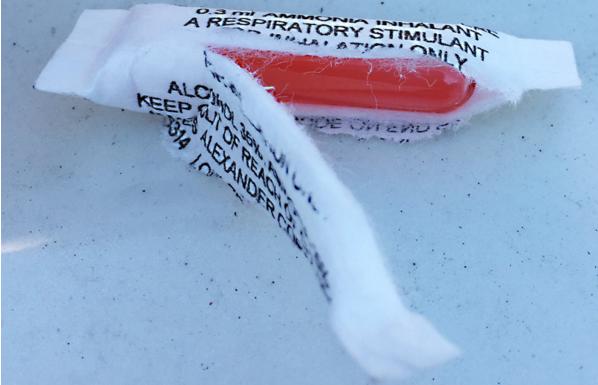



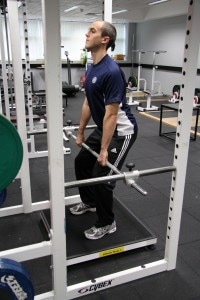

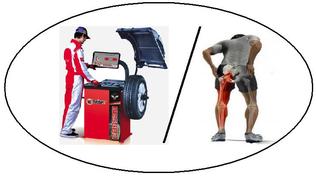
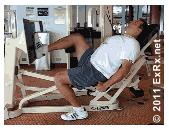
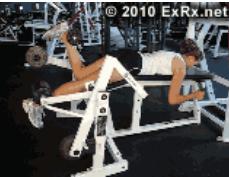
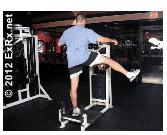
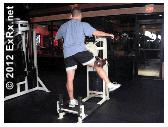
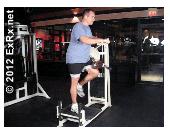
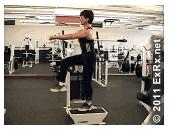
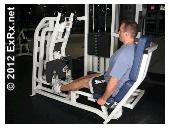
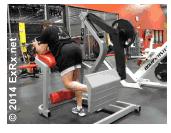
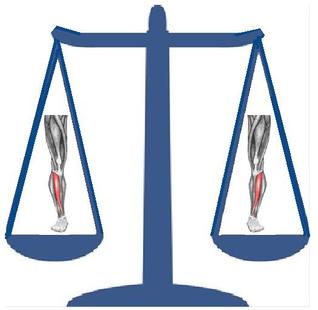
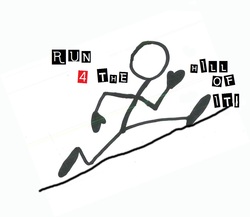



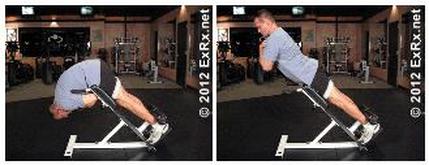
 RSS Feed
RSS Feed
